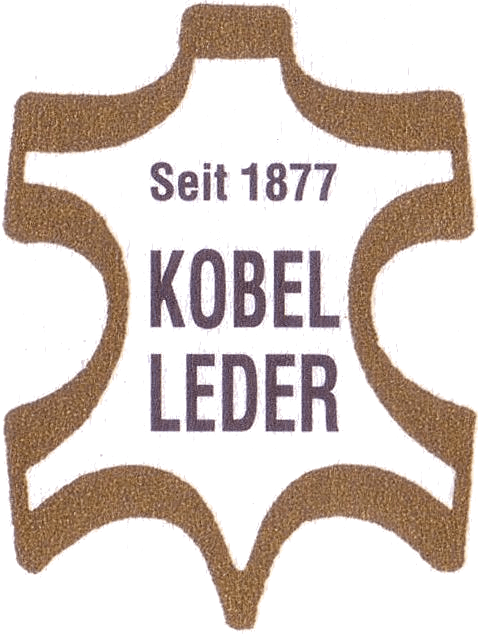Leather. Our passion since 1877
Sustainability
Definition
"Sustainability". The term goes back to a paper published in 1713 by Carl von Carlowitz.
In this he wrote of "sustainable use".
19 years later - in 1732 - HF von Göchhausen made the connection to forestry, according to which only the amount of wood that actually grows may be removed from the forest.
This can be proven relatively easily in forestry.
In almost all other areas of the economy, a clear view of sustainability is made more difficult by increasingly complex supply chains.
History
Like wood, stone and metal, leather has probably had the greatest influence on the development of culture.
As a cloak it offered protection from wind and weather. So did the tipi, which served as a mobile home, too.
Leather bags were sturdy and a good means of transport.
Leather shoes made it possible to cover long distances.
Parchment leather offered the possibility of handing down writing, which is why we know more about our ancestors.
Advantages
The special thing about leather is that, unlike wood, stone and metal, the animal skin is a by-product of the meat industry.
Even today, no cattle are slaughtered for their raw hide, which is why our main raw material still remains a by-product of the meat industry.
Just a few hundred years ago, renewable raw materials were the means of choice in leather production.
But the availability of minerals from mining and the price pressure from the plastics industry have ensured that this share has now fallen sharply.
Our Approach
Passion, respect for people and nature and the requirement to act sensibly. This is the best way to describe what we want.
We love aniline leather.
These now make up the majority of our production.
Aniline leather is not varnished, so we not only use significantly fewer chemicals, but also ensure that the farmers who keep their animals well are appropriately rewarded and rewarded through higher hides prices.
Aniline leather is valued longer, usually feels better and lasts longer.
Leather. A product of nature
A brief overview of more common natural marks and damages













